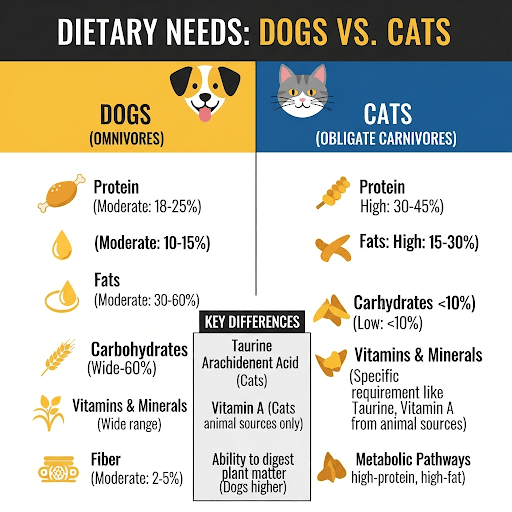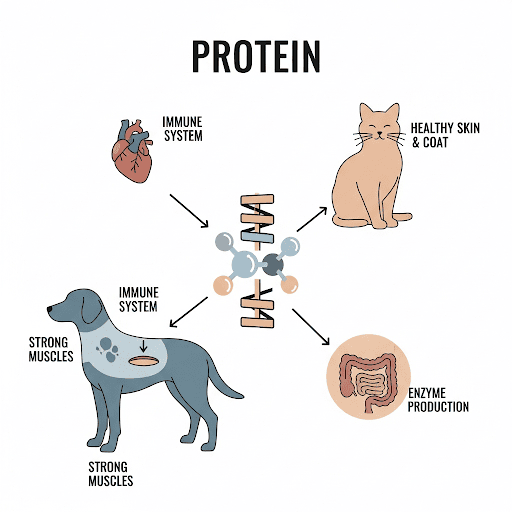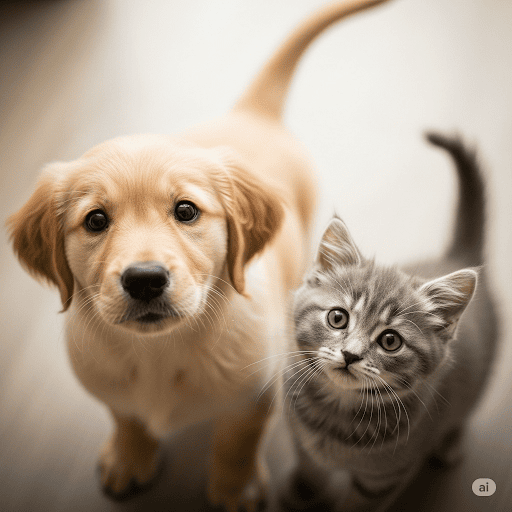How to Read Pet Food Labels: A Complete Guide
Understanding pet food labels is crucial for making informed decisions about your furry friend's nutrition. With so many options on the market, knowing how to decode these labels can help you choose the best food for your pet's specific needs.
The Importance of Reading Pet Food Labels
Pet food labels contain vital information about the nutritional content, ingredients, and quality of the food you're considering for your pet. Just like human food labels, they're regulated and must follow specific guidelines to ensure accuracy and transparency.
Key Components of Pet Food Labels
1. Product Name and Brand
The product name often gives you the first clue about the food's primary ingredients. Look for terms like:
- "Chicken for Dogs" - Must contain at least 95% chicken
- "Chicken Dinner" - Must contain at least 25% chicken
- "With Chicken" - Must contain at least 3% chicken
- "Chicken Flavor" - May contain less than 3% chicken
2. Guaranteed Analysis
This section provides the minimum or maximum percentages of key nutrients:
- Crude Protein (minimum %)
- Crude Fat (minimum %)
- Crude Fiber (maximum %)
- Moisture (maximum %)
3. Ingredient List
Ingredients are listed in descending order by weight. The first few ingredients make up the majority of the food. Look for:
- High-quality protein sources as the first ingredient
- Whole grains rather than by-products
- Recognizable ingredients you can pronounce
Red Flags to Avoid
Harmful Ingredients
- By-products - Lower quality protein sources
- Artificial preservatives (BHA, BHT, Ethoxyquin)
- Excessive fillers (corn, wheat gluten)
- Artificial colors and flavors
- Generic meat meals (avoid "meat meal" - look for specific sources like "chicken meal")
Misleading Marketing Terms
- "Natural" - This term is loosely regulated
- "Premium" or "Gourmet" - No legal definition
- "Human Grade" - Often marketing hype
Understanding Life Stage Requirements
Puppies and Kittens
- Higher protein and fat content
- More calories per serving
- Specific nutrients for growth
Adult Pets
- Balanced nutrition for maintenance
- Moderate protein and fat levels
- Appropriate calorie density
Senior Pets
- Easily digestible proteins
- Joint support ingredients
- Lower calorie density for less active pets
Special Dietary Considerations
Food Allergies
If your pet has food allergies, look for:
- Limited ingredient diets
- Novel protein sources (duck, venison, fish)
- Grain-free options if grain allergies are suspected
Weight Management
For overweight pets, consider:
- Lower calorie density
- Higher fiber content
- Lean protein sources
Reading the Feeding Guidelines
Feeding guidelines on pet food labels are starting points, not absolute rules. Consider:
- Your pet's age, weight, and activity level
- Body condition score
- Individual metabolism
- Treats and supplements in the daily calorie count
Quality Indicators to Look For
AAFCO Statement
Look for the Association of American Feed Control Officials (AAFCO) statement, which indicates the food meets nutritional standards for your pet's life stage.
Manufacturing Standards
- Named protein sources (chicken, beef, salmon)
- Whole food ingredients
- Probiotics and prebiotics for digestive health
- Omega fatty acids for skin and coat health
Making the Switch
When changing your pet's food:
- Transition gradually over 7-10 days
- Monitor your pet's response (digestion, energy, coat condition)
- Consult your veterinarian for specific dietary needs
Conclusion
Reading pet food labels becomes easier with practice. Focus on high-quality, recognizable ingredients, appropriate nutritional content for your pet's life stage, and avoid foods with excessive fillers or artificial additives.
Remember, the most expensive food isn't always the best, and the best food for one pet may not be ideal for another. When in doubt, consult with your veterinarian to determine the best nutritional plan for your furry friend.
Always consult with your veterinarian before making significant changes to your pet's diet, especially if your pet has health conditions or special dietary needs.


